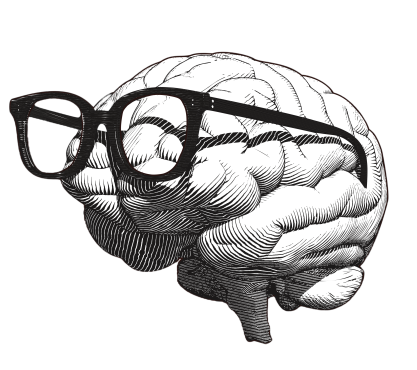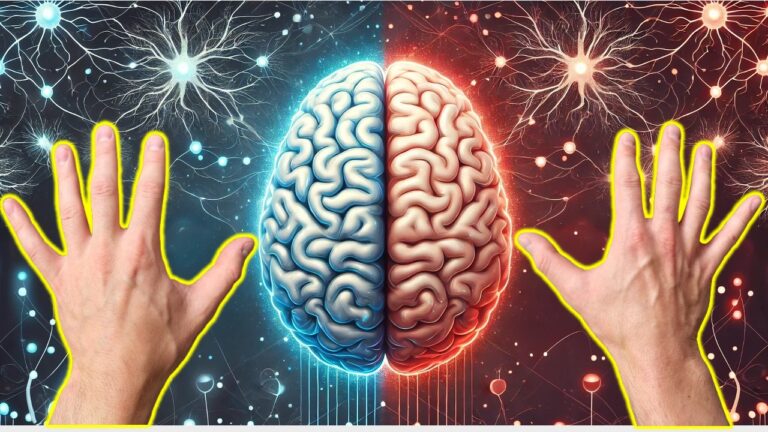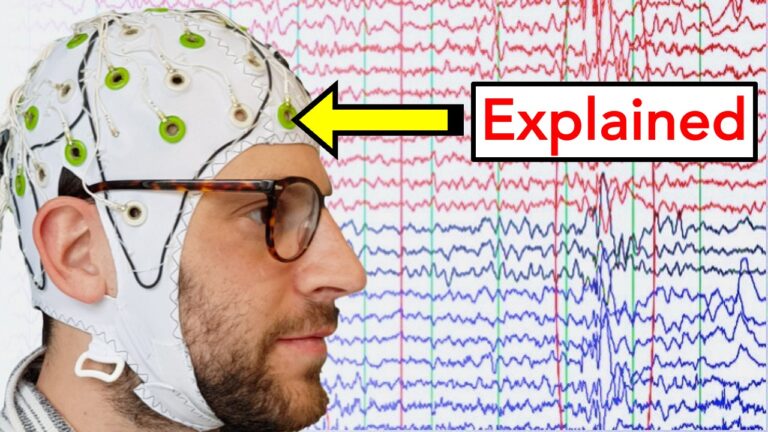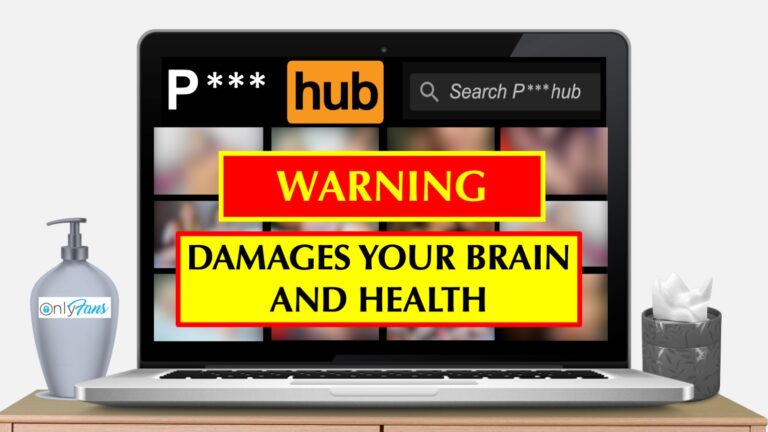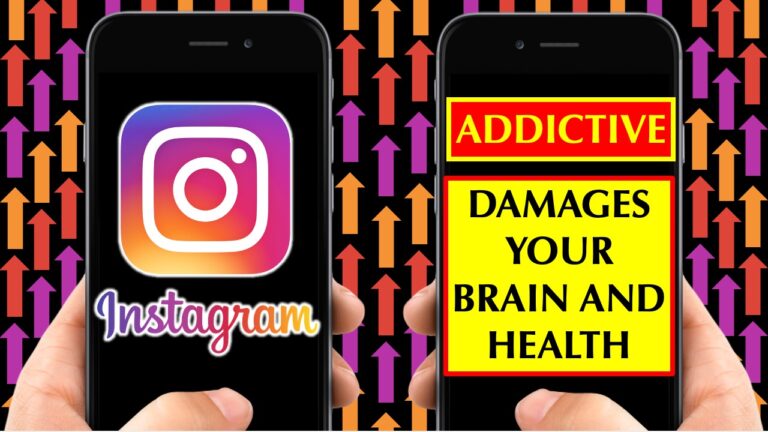The Hidden Effects of TikTok On Your Mind and Wellness
In recent years, TikTok has become one of the fastest-growing social media platforms in the world. Its short, addictive videos keep many of us scrolling for hours, often without realising how much time has passed. But what is going on beneath the surface, inside our brains, when we lose ourselves in this endless stream of content? As it turns out, the hidden effects of TikTok on our minds and wellness are more complex than you might think.
Brain Scans Whilst Using TikTok
Neural Pathways Under the Spotlight
Advanced imaging techniques, such as functional Magnetic Resonance Imaging (fMRI), allow scientists to see how the brain responds to TikTok’s fast-paced videos. By monitoring blood flow and oxygen use, researchers can identify which parts of the brain light up when we view these clips. This gives experts a unique window into the neural circuits that drive attention, pleasure, and reward.
Reward Centres and Instant Gratification
The rapid cycle of content on TikTok can trigger bursts of activity in the brain’s reward centres. Areas like the ventral striatum and prefrontal cortex show increased activity when we anticipate something enjoyable. With TikTok’s content often lasting just a few seconds, users may find themselves constantly stimulating these regions with novel, exciting visuals. This repeated exposure can make our brains crave more “hits” of the rewarding content, pushing us to keep scrolling.
Attention, Memory, and Executive Function
Studies using fMRI suggest that the constant flicking from one short video to another can affect how the brain manages attention. Some researchers suspect that this might reduce our ability to focus deeply on complex tasks. Over time, our brains may become more accustomed to receiving quick bursts of stimulation, making it harder to engage in activities that require sustained attention. While these changes are not fully understood, the early findings point towards a subtle restructuring of how we process information.
Psychology of the ‘TikTok’ Brain
The Power of Short-Form Content
TikTok’s short, looping format is designed to capture our attention. Each new clip presents a fresh reward, no matter how small. Psychologists call this intermittent reinforcement. Just like slot machines, these unpredictable rewards keep us hooked, because we never know when the next video might be the best one yet.
Dopamine and Motivation
As we swipe through TikTok, our brains often release small spikes of dopamine, a chemical linked with pleasure and motivation. Over time, these dopamine hits can condition our minds to expect instant rewards. This might make it more challenging to enjoy slower, more meaningful activities that do not provide the same swift feedback.
Community and Social Pressure
TikTok’s social features add another psychological layer. Likes, comments, and follows create a sense of community, but also pressure. Many users feel the need to keep up with trends or appear more exciting online. This can lead to anxiety, as we worry about our online persona. In some cases, people may start to see their self-worth reflected in their view counts and follower numbers.
Dangerous Incentives and Trends of TikTok
Viral Challenges and Risky Behaviour
TikTok’s success lies in content that spreads fast. Yet this speed can encourage dangerous challenges and trends. These challenges range from mildly silly stunts to harmful acts. They can encourage young people to take risks they would never consider in everyday life. Peer pressure and the desire for online fame can drive individuals into dangerous territory.
Misinformation and Toxic Content
Like many social media platforms, TikTok also struggles with misinformation. Inaccurate health tips, extremist ideas, or harmful stereotypes can slip through the cracks. When these videos go viral, they can shape beliefs and behaviour in a negative way. This spread of incorrect or damaging information can harm both mental and physical wellbeing.
Unhealthy Comparison and Body Image Issues
TikTok is filled with beautiful people showcasing enviable lifestyles. Constant exposure to these idealised images can make users feel inadequate. We might start comparing ourselves to unrealistic standards and feeling worse about how we look or what we have achieved. Such comparisons can contribute to anxiety, depression, or unhealthy eating habits.
Conclusion
TikTok can be entertaining, educational, and even inspiring. However, its hidden effects on our minds and wellness should not be ignored. Brain scans hint that our attention, focus, and reward systems may be shifting due to our digital habits. Psychologists warn that we may become dependent on short bursts of enjoyment, making it harder to engage with more meaningful activities. Moreover, the platform’s incentive structure and viral trends may push some users toward risky or harmful behaviours.
Still, it is possible to find balance. Consider setting time limits, following accounts that promote positive, trustworthy content, and engaging in offline hobbies. Keep an eye on how you feel after a scrolling session. Are you calm, informed, and happy? Or do you feel anxious, empty, and stressed? By staying aware of the hidden effects of TikTok on your mind and wellness, you can enjoy the best the platform has to offer without falling into its traps.
Thanks for reading and please comment on YouTube with any questions! Click here to see the other blogs and associated videos I have about neuroscience! 🙂
If you want to support this evidence based neuro-explainer content then feel free to buy me a coffee or become a patreon! 😊
References
TikTok Use Disorder – https://pubmed.ncbi.nlm.nih.gov/34444569/
Social Media Stopping – https://pubmed.ncbi.nlm.nih.gov/35512731/
Mice and Humans – https://www.nature.com/articles/s41467-022-28892-7
Default Mode Network – https://www.sciencedirect.com/science/article/pii/S1053811921004134
TikTok Stats – https://thesocialshepherd.com/blog/tiktok-statistics
